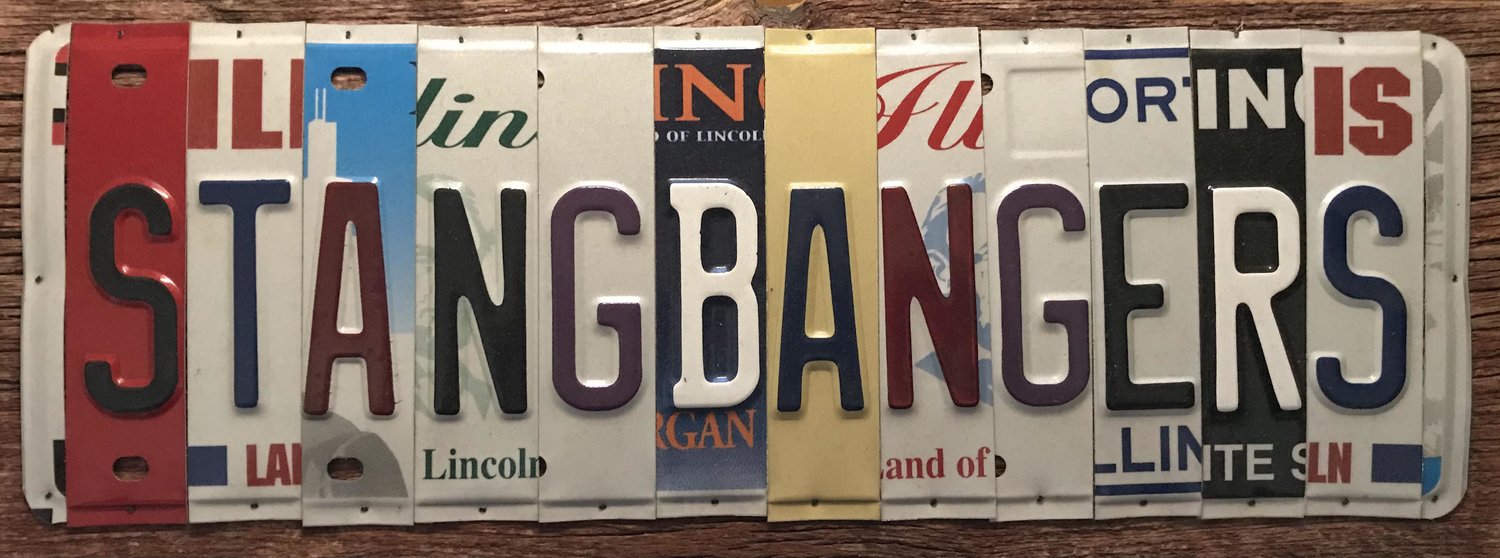It Runs Forever: 3 of America's Most Successful Unkillable Engines (DrivingLine)
What is it about the straight-six engine design that makes it almost completely bulletproof? Take a look through the history of American automotive design, and you'll discover a trio of motors that have a hard-won reputation as being unkillable, able to keep running for hundreds of thousands of miles with only the most minimal maintenance required. Some of these engines have even been known to survive catastrophic conditions that would have felled more delicate power plants, requiring only a fluid top-off and a fresh set of plugs to put in another tour of duty.
Let's get deep with the three most reliable American engines ever built.
Ford 300 Straight-Six
Way back in 1965 Ford debuted an engine that would serve for more than 30 years as the backbone of its entry-level, task-focused trucks and vans — not to mention pull duty in a long list of agricultural, industrial and commercial vehicles, too.
The 300 cubic inch straight-six made around 100 horsepower when it first went on sale, and peaked at 150 ponies, but the low-range torque (roughly 240-260 lb-ft, depending on the model year) was what made this motor a favorite among fleets and frugal truck buyers alike. That, and the fact that the 300 CID was virtually a bulletproof engine. With all-iron construction and the use of fiber and phenolic timing gears instead of a timing chain, 7 main bearings, and a single-barrel Carter carb (before switching to fuel injection in the 1990s), there was very little on the motor that could break. Throw in low compression and an equally modest redline and the Ford mill was rarely ever stressed to the point where it left owners stranded. A version of the engine even won the Baja 1000, one of the most difficult durability tests in motorsports, a stunning three times.




